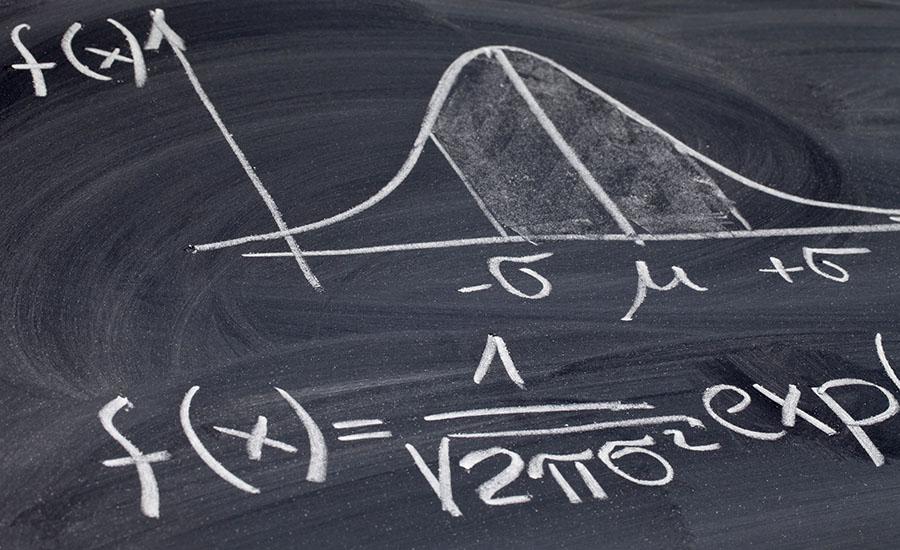
Modeling the Motion in the Ocean
In this lesson students will create a model to investigate how a location's temperature may change during an El Niño year. Students will construct landforms in a tray and then fill the tray with water. They will then use heat lamps, ice, and straws to create warm and cold currents. Students will use these currents to transfer energy from one side of the tray to another. Finally they will cover the tray and see how the currents affect the air's temperature. The goal is for students to come to the realization that winds move currents throughout the ocean and when those wind patterns change, the currents can bring colder or wamer water to a location that it does not usually travel to. This change will affect that location's temperature.
Lesson Grade Level
6th GradeLesson Plan Link/URL
https://docs.google.com/presentation/d/13udzdreHhV8BcVJBrZVFpyNjssYyO1jm/edit?u…Related Content

In Arizona, rain a major component of the water cycle, is a precious and vital. Students will gain an understanding of the three phase of watrer on the earth: solid, liquid and gas and the four stages

This lesson plan focuses on the following standards. Construct an explanation of the origin, expansion, and scale of the universe based on astronomical evidence. ● The study of stars' light spectra

This lesson will help children discover the phenomena: People say I have so much energy all the time and that the sun gives plants energy, is it the same?